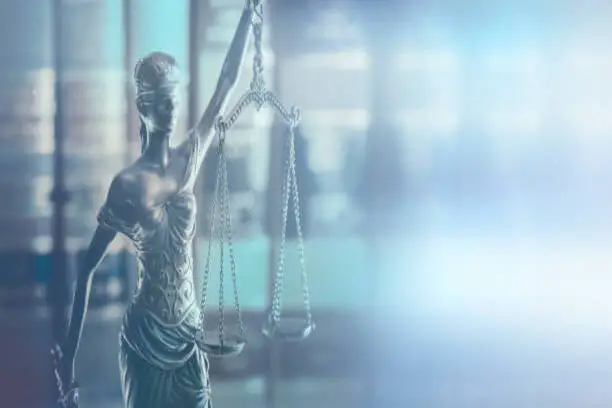


In the last three decades, the question of whether a creation is patent qualified has evolved from a straightforward inquiry to a complex process, driven by the Supreme Court’s reinterpretation of American patent law. The Alice/Mayo framework, stemming from landmark cases, has introduced a multi-step approach to determine patent eligibility.
The first step (Stage 1) involves assessing whether the patent claim covers an innovation falling within the four defined categories of technology in 35 U.S.C. §101. If affirmative, the examination proceeds to the next stage.
The second stage (Stage 2A) introduces additional legal hurdles by requiring an evaluation of whether the claimed invention falls under three identified judicial exceptions: laws of nature, physical phenomena, and abstract ideas. Despite lacking statutory support, the Supreme Court has imposed these exceptions, potentially expanding them in the future.
Notably, the Supreme Court has yet to define “abstract thought,” a critical term in determining the patent eligibility of innovations related to artificial intelligence, blockchain, and the Internet of Things. This lack of clarity adds complexity to an already intricate process.
The Supreme Court uses “natural phenomena” and “laws of nature” interchangeably, further complicating matters. Their reluctance to precisely identify which judicial exception applies in life sciences evaluations adds to the ambiguity.
For inventions tied to abstract ideas, laws of nature, or natural phenomena, the final question queries whether the claim language adds “significantly more” to the invention, avoiding a mere assertion of the abstract idea. Unfortunately, the Supreme Court has failed to define “significantly more,” leaving this crucial term open to interpretation.
This framework, absent from statutory backing, reveals a patent eligibility test that lacks defined terms and leads to paradoxical outcomes, where novel and non-obvious inventions may lack an “innovative concept.” As Congress watches the Supreme Court expand its powers, there arises a need for legislative intervention to clarify and limit the Court’s role in shaping patent law.
The Supreme Court’s creation of additional legal barriers has left the patent landscape in disarray, necessitating a recalibration of the system. As such, it is imperative for Congress to assert its role in shaping patent law, ensuring a clear and straightforward framework that aligns with the original intent of the Patent Act of 1952. Collaboration with an experienced Intellectual Property Law Firm could significantly aid in navigating these complexities and fostering a more coherent patent environment.